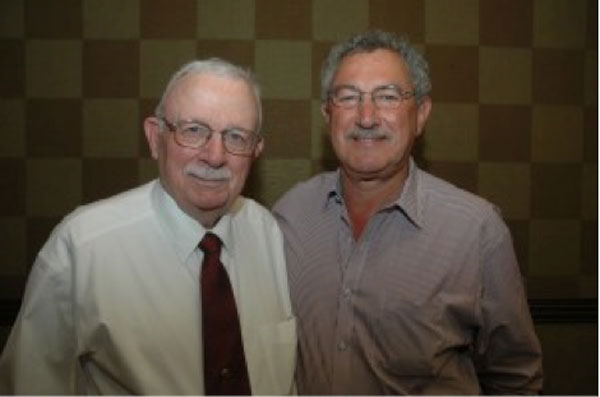July 15, 2013

The Cotton Chair Advisory Council meeting at Texas A&M University recently yielded several research presentations and demonstrations showcasing the latest in cotton and related engineering work.
The Cotton Chair Advisory Council advises Chair and Regents Professor Dr. Calvin Parnell as well as faculty in the department of agricultural and biological engineering at Texas A&M.
The advisory council consists of 10 founding organizations: Case IH, Cotton Foundation, Farmers Cooperative Compress, Farmers’ Co-op of El Campo, John Deere Inc., Lummus Corporation/Beltwide, Plains Cotton Cooperative Association, Texas Agricultural Cooperative Council, Texas Cotton Ginners’ Association and Cotton Industry Support Group.
If you are enjoying reading this article, please check out Southwest Farm Press Daily and receive the latest news right to your inbox.
Parnell provided an overview and demonstration of the fluidized bed gasifier that takes gin trash from cotton and creates energy that can be used to produce electricity.
“Some would ask, ‘why are we doing this?’” he said. “We’ve got plenty of natural gas here across the country. Do we really have enough electricity, though? Half of our electricity today comes from coal, and it’s not easy for power producers to switch from coal to natural gas overnight.”
In Texas, power grids are under heavy loads during summer and sometimes during winter, especially in rural markets. Parnell envisions “taking gin trash delivered to the gin with the seed cotton and producing electricity.
“Gins located in rural areas may not have a high priority if we have limited supplies of electricity in the future,” Parnell said. “If we have the ability to take gin trash and generate enough electricity to operate the gin during the ginning season, and possibly put the excess back on the grid, that would be an advantage.”
Fellow engineer Wayne LePori and Parnell obtained a patent that went idle for 20 years “without anyone using it.” Later, Dr. (Sergio) Capareda, one of the graduate students who worked on the research that resulted in the original patent, joined the faculty from the Philippines. “He applied for and received a provisional patent on this technology.”
Parnell reported that he and his graduate students have constructed a gasifier with a 6-inch bed. He said there are limits on the energy-loading-rate, such as how much fuel the gasifier can be fed; the fuel-to-air ratio to maintain the reaction in gasification mode; and bed and gas temperatures.
“The new reactor is 6 inches in diameter and is constructed of stainless steel; otherwise it would melt,” Parnell said. “The size of this research unit facilitates testing a wide range of biomass fuels and conditions that will play a role in the engineering and construction of a system that can produce 1, 2, and 3 megawatt power plants. These are the size power plants needed for 20-, 40- and 60-bale-per-hour cotton gins.”
Two different feed stocks have been tested. Horse feed contains approximately 6,700 Btu per pound, while gin trash contains approximately 6,600 Btu per pound.
“The output of the reactor is a bio-gas with sufficient energy to operate a generator,” Parnell said.
The goal of the project is “not to just come up with the best quality and maximum quantity of gas from gin trash, but to maximize removal of the particles that are leaving the bed so the gas can be put directly into an internal combustion engine and generate electricity,” he said.
You may also like:
Weed issues necessitate production changes
Texas cotton acreage off 13 percent from last year
Drought, damaging storms create conundrum for High Plains cotton
You May Also Like




